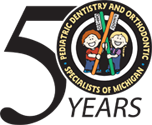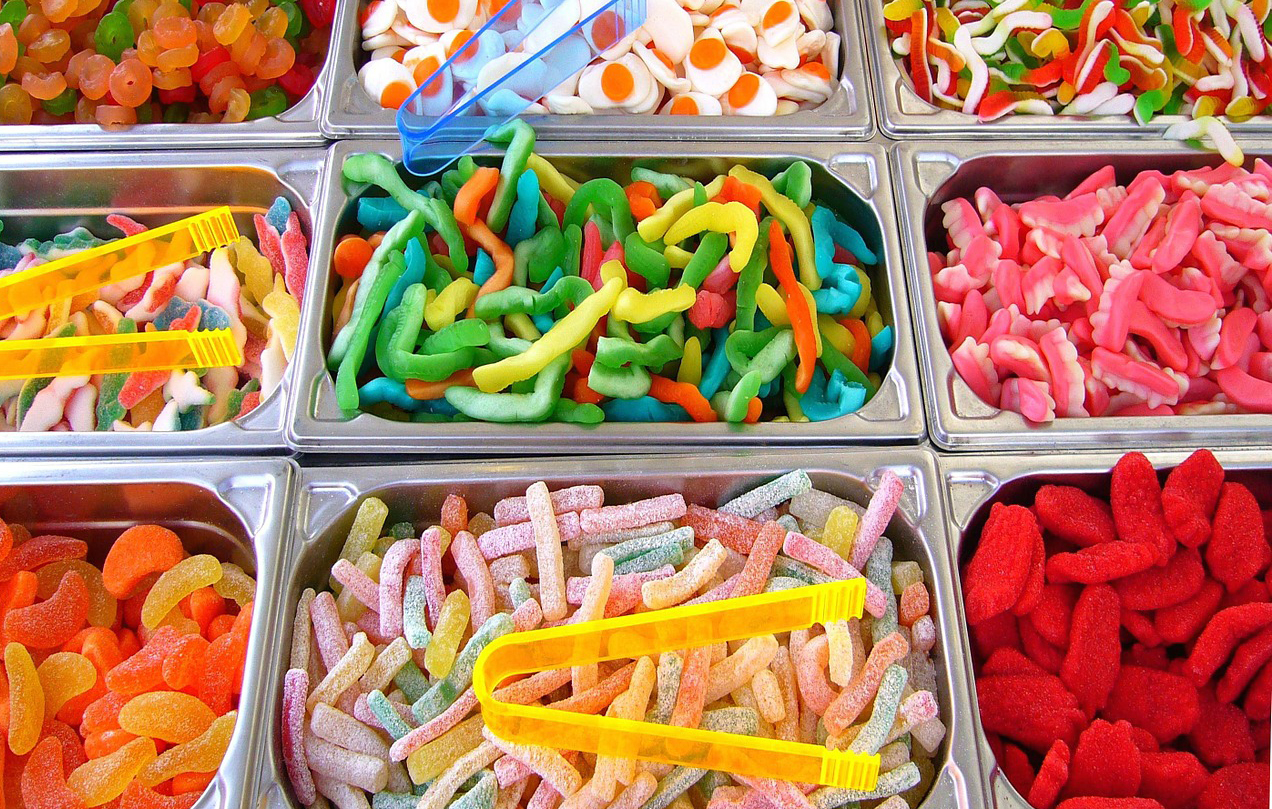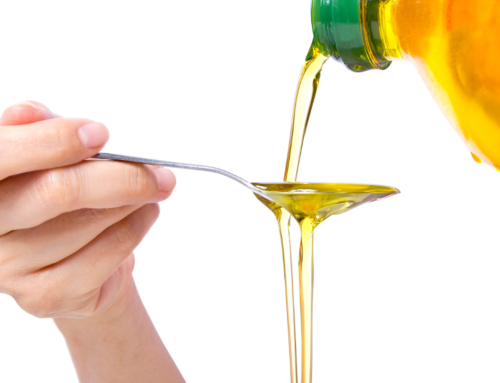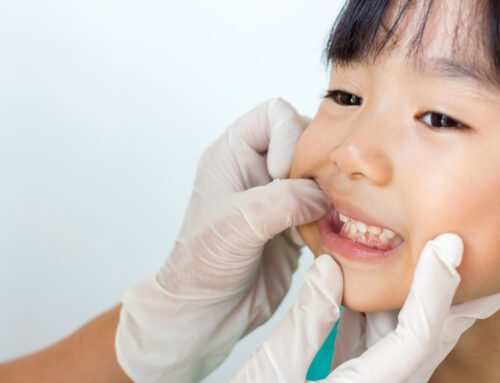One in four dentists don’t hand out anything on Halloween and about 5% of us hand out toothbrushes. But that still leaves approximately 60% of us that are still “cool enough” to give out candy on Halloween! (though, we may give a friendly verbal reminder to brush after eating it as you walk away with a stuffed pillow case)
What do we give? If it’s not ADA approved chewing gum, we typically choose chocolate (bonus points for dark chocolate as it has antioxidants and less sugar than typical milk chocolate). Chocolate dissolves fast and doesn’t stick to the teeth like many hard and chewy candies do. This means a faster return to neutral pH (less acid) and easier washing away by saliva.
When you choose your sweets, keep this in mind: the shorter time it remains in the mouth, the better.
Not all candy is bad
Hard, high sugar candies tend to be very concerning as their longer lifespan in the mouth allows a longer exposure of sugar for the bacteria that consume it and secrete acid.
Chewy candies are also very risky as they tend to stick to teeth. This can lead to greater plaque accumulation that remains until a child brushes his/her teeth. These types of sweets spend a prolonged amount of time in children’s mouths, wreaking havoc on baby and permanent teeth enamel. They are also more dangerous to any orthodontic appliances already in place as hard or sticky foods are particularly likely to dislodge parts of the braces and this can be very disruptive to treatment progress.
Tips and tricks
- Eat sweets around meals. Increased salivary flow related to consuming a meal helps to protect your child’s teeth, canceling some of the sugar and acids while helping to wash away all the sugary particles.
- Compromise with water: if a sugary candy treat is made available to children, it may be a good idea to assure they wash it down with water. Liquid sugars like pop, gatorade and juices are actually much more dangerous than typical candy sweets as they can flow easily between the teeth and around orthodontic parts.
- Tap water is superior to bottled water as it contains protective fluoride.
- Compromise with snacking: Allow kids to eat their sweets during meals and as dessert after meals, not as snacks.
- Chew ADA approved gum (unless you are undergoing orthodontic treatment): These are sugar-free or contain xylitol, which has been proven to prevent tooth decay. Chewing in itself increases saliva flow, which is also beneficial.
- Stick to – or start – a good dental hygiene routine, and go to the dentist for regular check ups to protect the teeth and prevent damage to the teeth and gums before it even begins.
About Pediatric Dentistry and Orthodontic Specialists of Michigan, the offices of Drs. Delaney, Plunkett, Ralstrom, Makowski, Thanasas, Ker, and Associates
Pediatric Dentistry and Orthodontic Specialists of Michigan have specialized in pediatric dentistry and orthodontics since 1968. Our family-friendly and newly renovated office gives patients and families a more comfortable and consistent experience with dentistry from the very beginning. Our pediatric dentists treat children from newborn to 18 years of age while our orthodontists provide care for both children and adults and are proud to be Premier Providers of Invisalign and Invisalign Teen services. The ability to treat all patients with compassion and individuality, including those that may have special needs reaches beyond our facility, which has treatment rooms available for children who require additional privacy and customized care options. We pioneered valued hospital affiliations to allow dental services to be performed at DMC Children’s Hospital and St. John Macomb Hospital, when appropriate or necessary, and our specialists are also proud to be on staff at Henry Ford and Beaumont hospitals.






